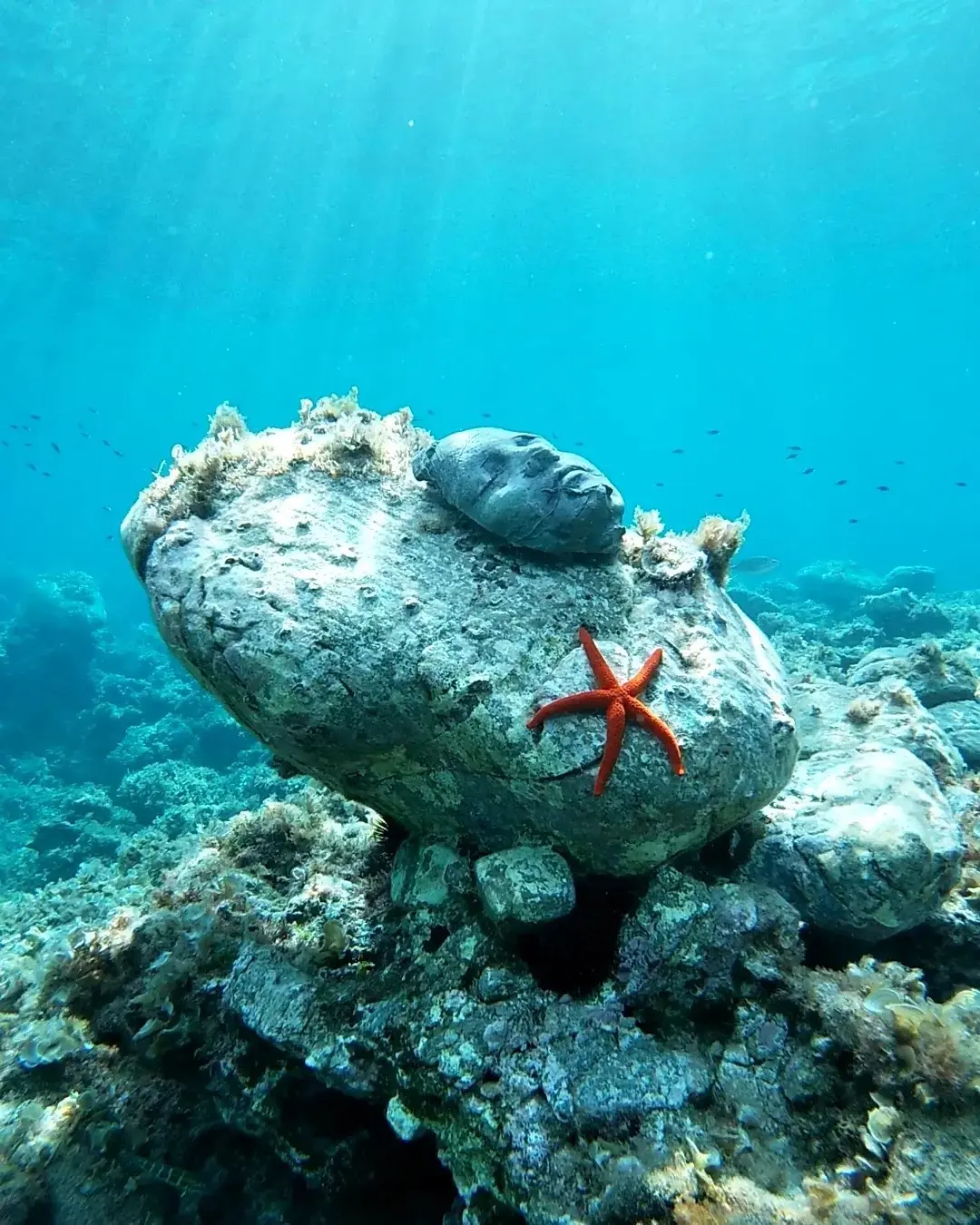Tour of coastal towers in Calabria
From defence symbols to monuments on the sea not to be missed, discover the coastal towers in Calabria

Art and Culture
Regione Calabria
A land of conquest, dominations and crossroads between different cultures, Calabria still tells a part of its history through the presence of its characteristic watchtowers.
The coastal towers in Calabria, almost always in visual communication with each other and with any medieval castles, represent the defensive symbol par excellence of a past made up of Arab and Saracen invasions, pirate assaults and battles for the conquest of the seas.
As part of the extraordinary defence system devised in the 16th century by the engineers of the Kingdom of Naples, particularly under Charles V, the coastal towers in Calabria are located on both coasts, Tyrrhenian and Ionian, in order to spot enemy ships in advance and transmit the message from the armoury to the capital of the kingdom in the shortest possible time (usually 24 hours), as well as to the local population, to give them time to take refuge in their fortresses.
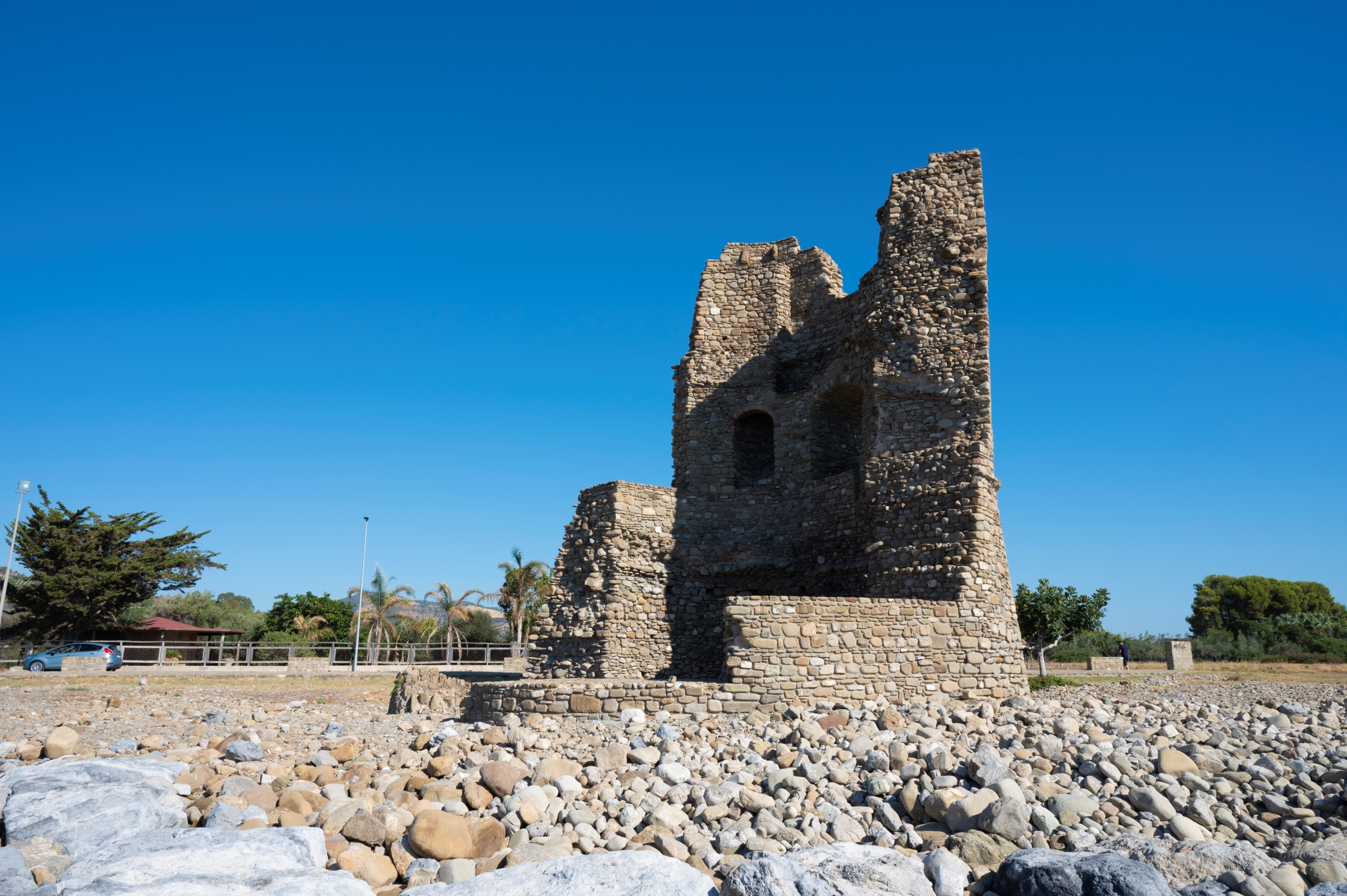
Coastal towers in Calabria were equipped with horsemen charged with carrying the message at full gallop between one structure and another, and summit spaces where night fires or daytime smoke signals could be set. Difficult to conquer, many coastal towers in Calabria still show the machicolations from which boiling oil was slid over the heads of enemies and slits for shooting arrows. How can one distinguish the Aragonese towers from the Angevin ones? By their shape: the former are circular, the latter quadrangular.
Few, unfortunately, retain the second floor on the elevation or attached elements (stairs, bridges, etc.), but some have been restored and are now fascinating stops on a tour of the most accessible and preserved coastal towers in Calabria.
Coastal towers (Tyrrhenian Calabria)
We start with the best-preserved coastal towers (Tyrrhenian Calabria) along the western rivieras. From north to south, in the province of Cosenza we encounter Talao Tower, the architectural symbol of Scalea, dating back to the 16th century and an excellent example of Aragonese military architecture. Built in 1563 by Pedro Afán de Ribera d'Alcalà, viceroy of the Kingdom of Naples, in the 20th century it became the seat of an important Pythagorean School (Schola Italica).
A particular story concerns Crawford Tower in San Nicola Arcella, which, despite being one of the coastal towers in Calabria of Saracen origin, is named after its last owner, Lord Francis Marion Crawford. The American writer fell in love with this bay while exploring Italy on a small boat, accompanied by his wife and a sailor, so much so that he moved and set most of his stories here.
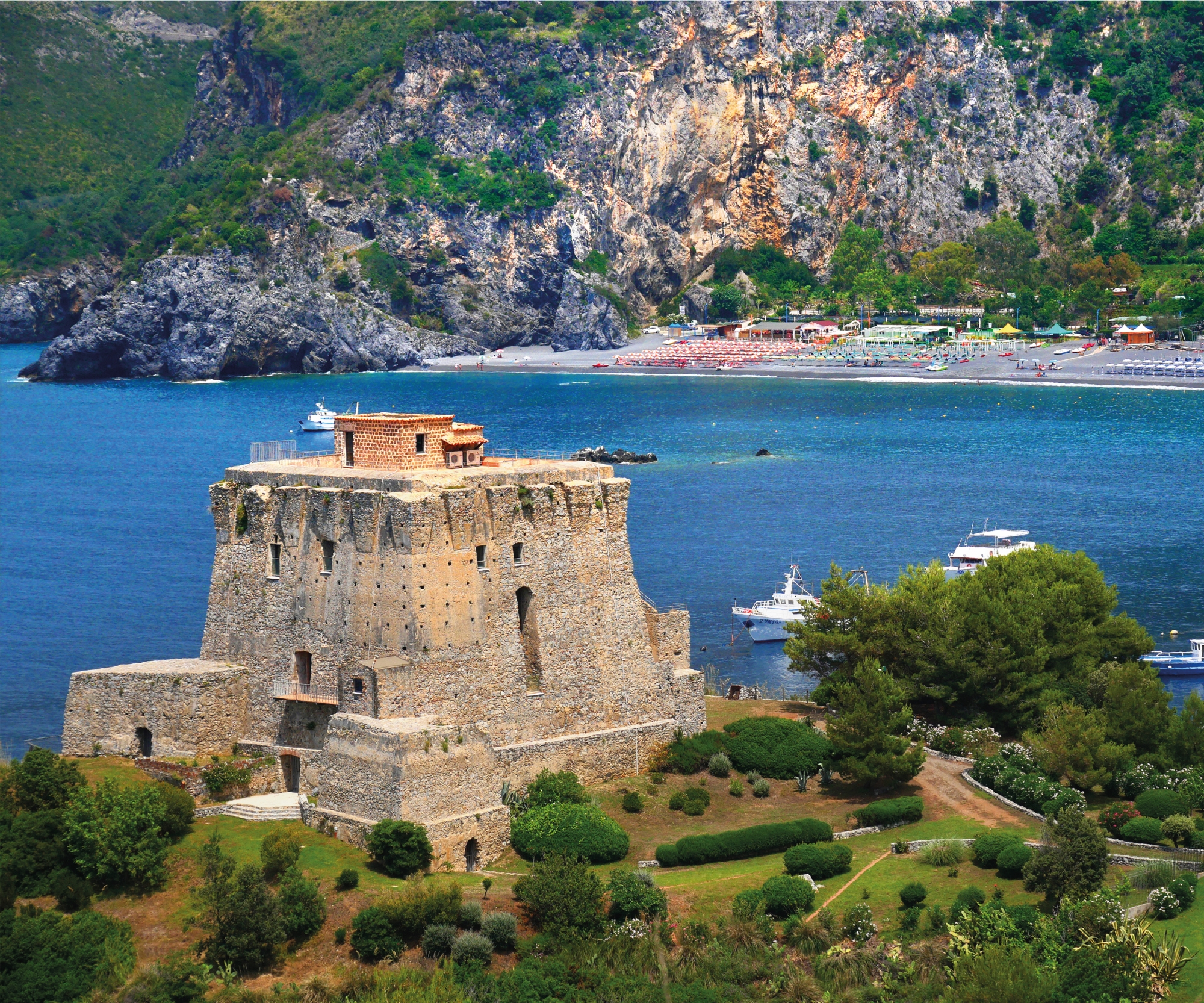
Proceeding southwards, in Lamezia Terme we find the Bastione di Malta. Among the best-preserved and best-visited coastal towers in Calabria, the so-called Bastion is distinguished by the thickness of its walls, which makes it resistant to attack by firearms. Built in 1550 by the viceroy of Naples Pedro da Toledo, the building was assigned to the Knights of Malta, from whom it takes its name.
Along the same coastline, between Gizzeria Lido and Curinga, there are minor towers of different shapes.
Arriving in the province of Vibo Valentia, coastal towers in Calabria protect the Costa degli Dei. Here we encounter the iconic ruins of the Rocchetta di Briatico, a small pentagonal tower that is the symbol of the beach. Built by the Greeks, rebuilt by the Romans and remodelled in the Middle Ages, the Rocchetta (a.k.a. Sant'Irene Tower) thwarted Saracen raids in the Spanish era. Prehistoric remains and necropolises have been found in its vicinity.
A short distance away, in the municipality of Ricadi, stands the Marrana Tower, another spectacular lookout point on the coast, now the centrepiece of the beautiful Marrana Tower Archaeological Area.
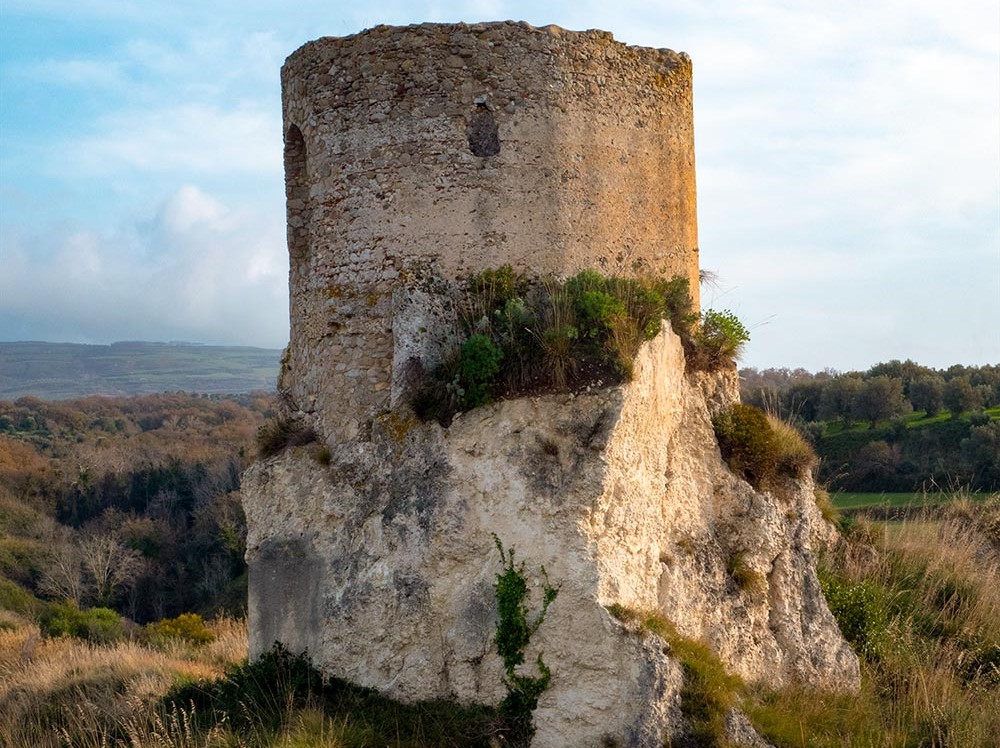
Finally, the coastal towers in Calabria that rise along the Costa Viola, in the province of Reggio Calabria, are almost all cylindrical (Aragonese): from the Pietrenere Tower in Palmi, which rises to protect the plateau of the ancient Taureana (today the Tauriani National Archaeological Park), to the Cavallo Tower, in the Reggio Calabria hamlet of Cannitello, and the Capo Rocchi Tower in Bagnara Calabra.
Coastal towers (Ionian Calabria)
We move on to the coastal towers (Ionian Calabria) on the opposite side but still in the province of Reggio Calabria. The first sighting structure we encounter, Torre Galea, is located in Marina di Gioiosa Ionica and is a real 16th century fortress.
The coastal towers of Ionian Calabria often have the structure of small castles, such as the splendid example of the Castle of San Fili in Stignano, or are part of it as a defensive extension (the towers of Bova and Roccella Ionica).
Among the best-preserved and oldest coastal towers in Calabria is certainly the Sant'Antonio Tower in Santa Caterina dello Ionio, in the province of Catanzaro. Of the "cavallara" type (equipped with horse guards and stables), this tower is easily accessible for a visit, since it is close to the beach. Not surprisingly, in the 19th century it was a landmark for mooring boats and was incorporated into a larger complex, which included the small church of Porto Salvo and the old fishermen's houses. Today, Sant'Antonio Tower is home to a residence and the summer festival entitled "A Look from the Tower".

Continuing along the Ionian coast of Catanzaro, we admire the so-called Tower of Charles V in Soverato and the Cavallara Tower in Catanzaro Lido (17th century).
There are many coastal towers in Calabria in the province of Crotone, starting with those located in the territory of Isola Capo Rizzuto, whose stretch of sea is now an important Protected Marine Area: New Tower (restored), Old Tower and Ritani Tower, to name but a few.
Torre Nao is certainly the best known in Crotone and today houses a small archaeological Antiquarium. Also known as the Capo Nao Tower, this structure dates back to the 16th century and stands near Capo Colonna with the homonymous sanctuary dedicated to the Madonna next to it. It was completed by Fabrizio Pignatelli, in sandstone, resisting numerous Saracen attacks. In the 19th century it passed to the French, who included it in the customs system. It has a three-flight access with a small drawbridge and retains some original features, such as the arquebuses and the plumbholes at the top.
Not to be outdone is Melissa Tower (or Aragonese Tower), a fortress that gives its name to the seaside hamlet of Melissa (Torre Melissa), Melissa CDO wine village, also in the province of Crotone. It is a unique structure, as it has an octagonal plan, an inner courtyard and three floors. An 18th-century painting reveals that there was also an outpost turret, a church and a storehouse near the tower. After the fall of the Aragonese, the tower passed into the hands of several local families until it was taken over by the municipality, which has set up a small Civic Museum there.
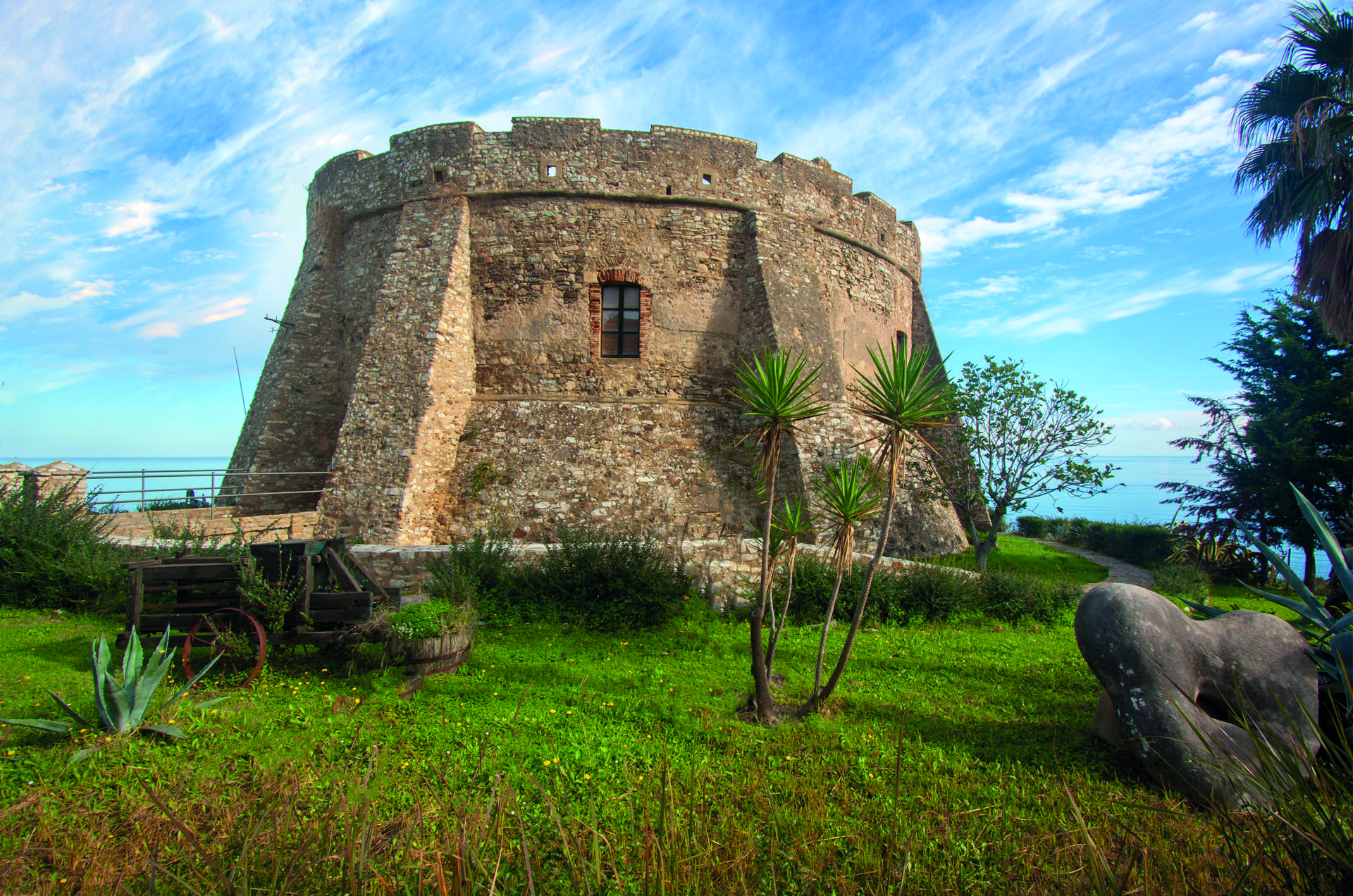
Nearby, on the territory of Cirò Marina, Old Tower and New Tower can also be visited, although in a state of ruins.
We conclude our tour of Calabria's coastal towers where we encounter the fascinating Saracen Tower of Villapiana, with a circular plan dating back to the 16th century and an access staircase and battlements at the top; the Tower of Albidona, in the municipality of the same name (same era and structure), now privately owned but open to visitors upon request, with furnishings, a spiral staircase and an important library with historical archive; and the evocative ruins of the Spaccata Tower of Amendolara.
https://calabriastraordinaria.it/en/news/tour-of-coastal-towers-in-calabria
